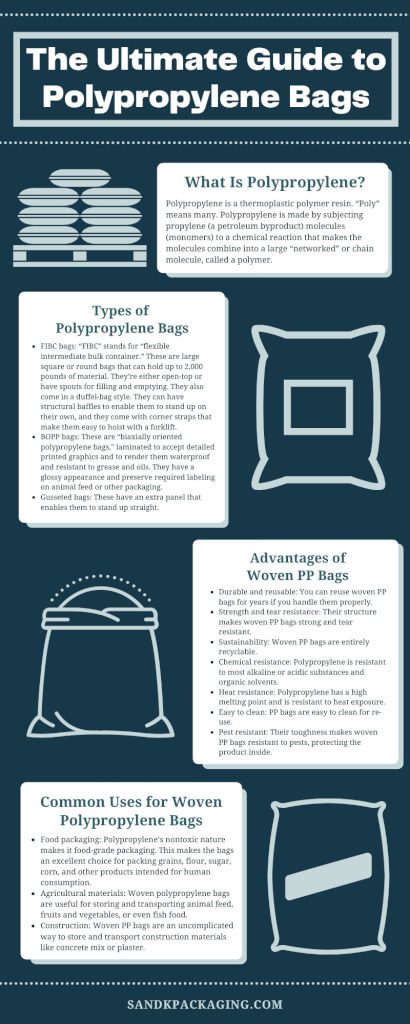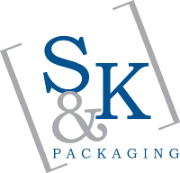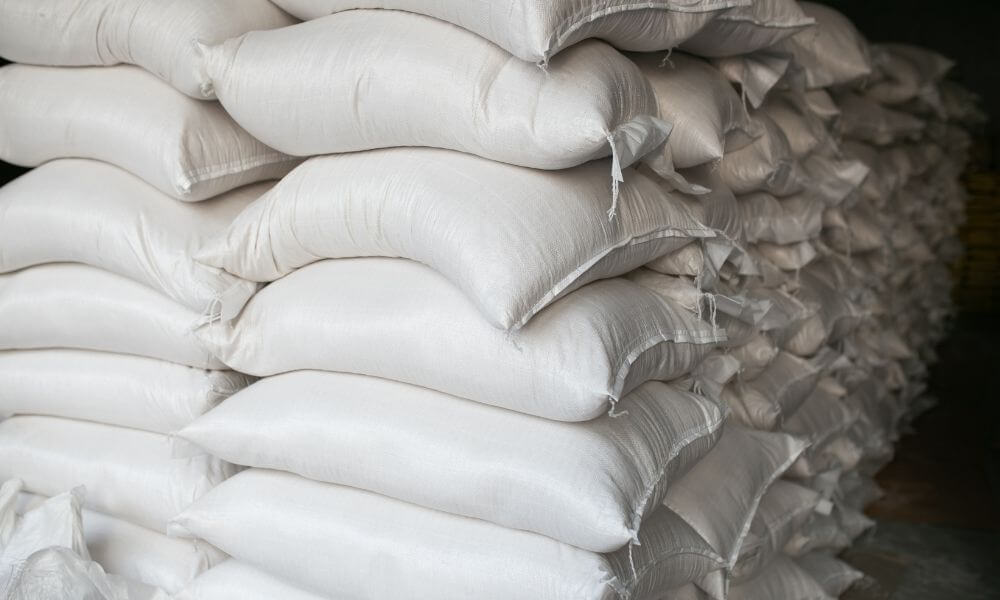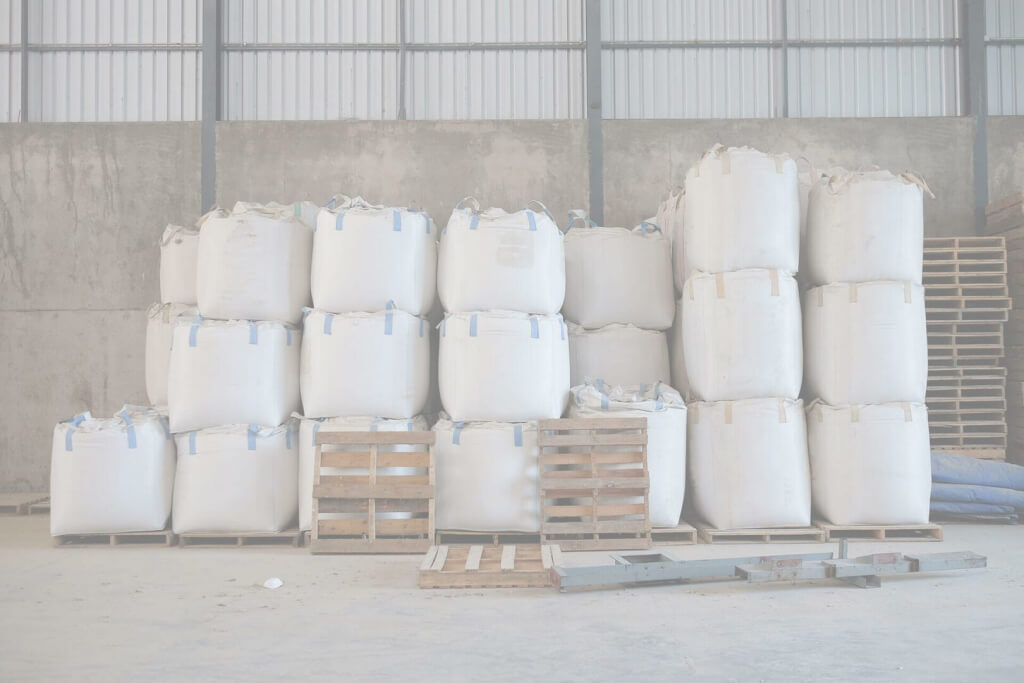Sandbags, animal feed bags, and bags to contain grains for human consumption must be sturdy, tear resistant, and available in water- and UV light-resistant versions. The ultimate guide to polypropylene bags we provide below will give you an appreciation of the strength, versatility, and variety of uses woven polypropylene bags provide.
What Is Polypropylene?
Polypropylene is a thermoplastic polymer resin. “Poly” means many. Polypropylene is made by subjecting propylene (a petroleum byproduct) molecules (monomers) to a chemical reaction that makes the molecules combine into a large “networked” or chain molecule, called a polymer.
Polypropylene has many attractive qualities that make it an excellent material for making packaging. Polypropylene is (or can be) made to be:
- Transparent, unlike plastics, which aren’t perfectly clear
- Nontoxic, so it’s considered appropriate for food packaging
- Lightweight
- Resistant to UV light
- Heat tolerant
- Inexpensive
How Polypropylene Becomes a Bag
Polypropylene resin pellets are heated, then extruded into strips, like thin, flat tapes. For nonwoven polypropylene (PP) bags, these strips are bonded together to make a smoother type of plastic bag. Woven PP bags run the filaments or threads for polypropylene through an industrial loom. The loom weaves them into a fabric with warp and weft (meaning horizontal strips weave over and under vertical strips).
The weaving machines create large rolls of fabric, and from those rolls, the woven polypropylene goes through cutting and sealing or sewing machines to turn the fabric into bags.
Both woven and nonwoven PP bags can undergo lamination to make them more amenable to printing and more durable. Woven bags are stronger than nonwoven bags and can carry more weight than a nonwoven bag of the same size.
Types of Polypropylene Bags
Woven PP bags are a versatile type of packaging used by suppliers of flowable, bulk products, including animal feed, grains, seeds, powders, and resins. Types of woven PP bags include:
- FIBC bags: “FIBC” stands for “flexible intermediate bulk container.” These are large square or round bags that can hold up to 2,000 pounds of material. They’re either open-top or have spouts for filling and emptying. They also come in a duffel-bag style. They can have structural baffles to enable them to stand up on their own, and they come with corner straps that make them easy to hoist with a forklift.
- BOPP bags: BOPP stands for “biaxially oriented polypropylene,” and the bags are laminated to accept detailed printed graphics and to render them waterproof and resistant to grease and oils. They have a glossy appearance and preserve required labeling on animal feed or other packaging.
- Gusseted bags: These have an extra panel that enables them to stand up straight.
- Lined bags: Woven PP bags are not inherently waterproof. However, they can have an additional lining of plastic film or foil to protect the contents from moisture.
- Retail shopping bags: Because they are reusable and nontoxic, woven PP bags make excellent totes for groceries. Other retailers like them because they can print logos and designs that will last on the bags.
Advantages of Woven PP Bags
Our ultimate guide to these bags wouldn’t be complete without an explanation of the advantages of woven PP bags. Manufacturers and suppliers of flowable bulk and dry goods love these bags for a variety of reasons. Among the advantages of woven PP bags are:
- Durable and reusable: You can reuse woven PP bags for years if you handle them properly.
- Strength and tear resistance: Their structure makes woven PP bags strong and tear resistant.
- Sustainability: Woven PP bags are entirely recyclable.
- Chemical resistance: Polypropylene is resistant to most alkaline or acidic substances and organic solvents.
- Heat resistance: Polypropylene has a high melting point and is resistant to heat exposure.
- Easy to clean: PP bags are easy to clean for re-use.
- Pest resistant: Their toughness makes woven PP bags resistant to pests, protecting the product inside.
- Breathability: These bags allow for airflow for products that need it.
- Accept coatings: Lamination makes them resistant to humidity and liquids, and a UV light-resistant coating protects graphics and contents from sun damage.
- Cost-effective: Woven polypropylene bags are inexpensive, considering savings on transportation, product loss, and spoilage.
Common Uses for Woven Polypropylene Bags
Many manufacturers and distributors use woven polypropylene bags to store or transport products. Examples include:
- Food packaging: Polypropylene’s nontoxic nature makes it food-grade packaging. This makes the bags an excellent choice for packing grains, flour, sugar, corn, and other products intended for human consumption.
- Agricultural materials: Woven polypropylene bags are useful for storing and transporting animal feed, fruits and vegetables, or even fish food.
- Construction: Woven PP bags are an uncomplicated way to store and transport construction materials like concrete mix or plaster.
- Flood control: Woven PP bags with liners make effective sandbags to divert floodwaters and prevent them from entering structures.
- Geoengineering: Woven PP fabrics and bags help create or maintain roads, irrigation channels, ports and harbors, railways, and mines.
What To Consider When Looking for a Supplier
If you are a manufacturer, distributor, or retailer in need of packaging material for flowable dry goods, consider working with a supplier that can provide you with a variety of choices. Woven PP bags, including FIBC and BOPP bags, may be just the right thing.
On the retail end, BOPP bags, with their high gloss lamination that can accept sharply detailed graphics on the inside of the laminating film, stand out on shelves with color and images that won’t fade or crack.
For transporting or storing large quantities of dry goods, FIBC bags with structural baffles, spouts, or duffel bag closures could work. Find out if your supplier can provide bags with corner handles, top and/or bottom spouts, or electrostatic protections for materials that could generate static electricity through friction with the bag.
Another consideration is the supplier’s ability to print your chosen graphics on your bags in the colors you want.
At S&K Packaging, we offer several options for woven PP bags. We also offer paper bags, paper-poly combination bags, and packaging supplies, including twine, bulk bag repair tape, and industrials sewing machine thread. Contact us today to discuss your need for paper, paper-poly, FIBC, or BOPP bags.



